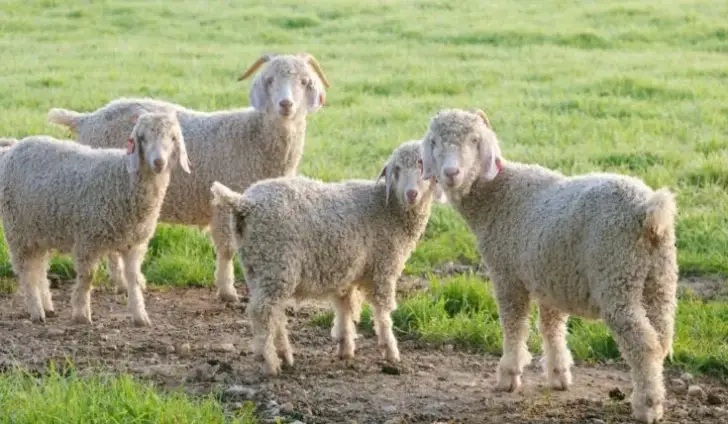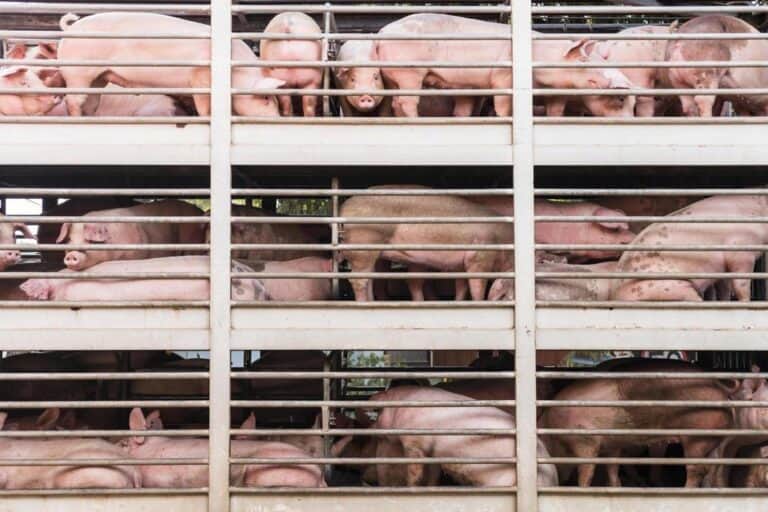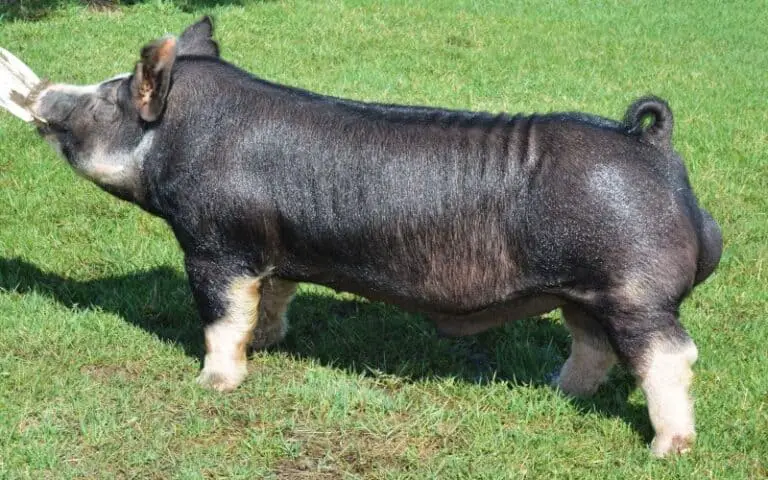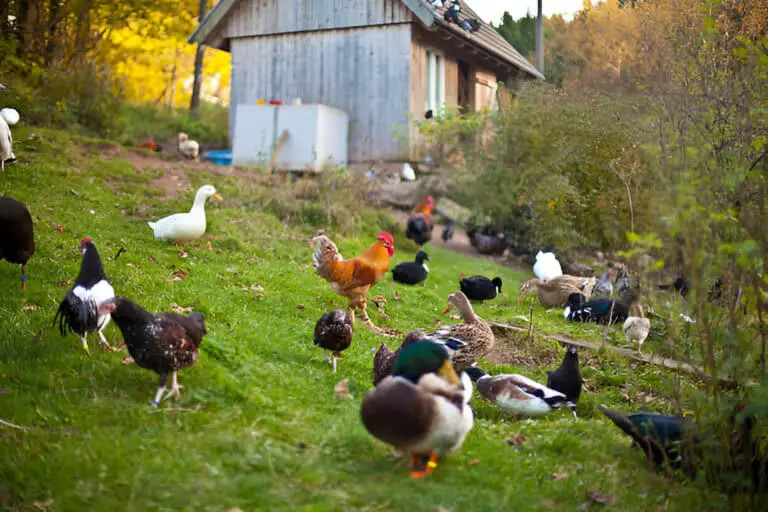Goat Weaning Made Simple: Timing, Expectations, and Pro Tips

Weaning is one of the biggest milestones in a young goat’s life—and for their keeper, too. Whether you’re raising dairy goats or meat breeds, understanding when to wean goats, anticipating their behaviors, and optimizing the process can significantly improve the health and happiness of your herd.
This guide breaks it all down so you’ll feel confident about timing, technique, and troubleshooting—without second-guessing every bleat.
What Does Weaning Mean for Goats?
Weaning is the gradual process of transitioning a kid goat from mother’s milk (or bottle feeding) to solid food. In nature, this process is slow and instinctive, but on a farm or homestead, weaning often requires a little more structure.
For most goat keepers, the weaning period is guided by factors like growth rate, nutritional needs, breeding schedules, and whether the kid is being raised for milk production, meat, or companionship.
When to Wean Goats: Ideal Timing by Age
So, what age should you wean a goat? The answer depends on several factors—breed, feeding method, health status, and your goals.
🐐 General Weaning Guidelines:
| Goat Type | Typical Weaning Age | Notes |
| Dairy Goat Kids | 8 to 12 weeks | Bottle-fed or dam-raised; wean later if smaller |
| Meat Goat Kids | 12 to 16 weeks | Allows for faster weight gain before separation |
| Orphaned/Weak Kids | 12+ weeks | Extra time for nutrition and immune support |
While some kids can be weaned as early as 8 weeks, they must meet these basic milestones first:
- Eating hay and grain consistently
- Ruminating (chewing cud)
- Reaching a healthy body weight (typically 2.5–3x birth weight)
- Showing signs of independence from the doe or bottle
Rushing the process can result in underweight, stressed, or ill kids—not to mention frustrated goat owners.
Signs Your Goat Kid is Ready to Wean

Timing isn’t everything—observation is key. Instead of relying on the calendar alone, watch for these behavioral and physical cues that your goat kid is ready to move on from milk:
- Actively eating hay and grain multiple times a day
- Drinking water from a bucket or trough
- Interacting independently from the mother or bottle
- Healthy body condition and energy levels
- Fully functioning rumen (they’re chewing cud regularly)
If your goat is still sluggish, nursing constantly, or not gaining weight, hold off. Delaying weaning by a week or two can prevent setbacks later on.
Weaning Methods: Sudden vs. Gradual
There are two main approaches to weaning goat kids:
1. Gradual Weaning
This is the most common and gentle method. Over the course of 1–2 weeks, reduce milk feedings or access to the doe until the kid is fully reliant on solid food.
Benefits:
- Less stress for both kid and mother
- Encourages steady digestive adjustment
- Reduces risk of bloat or weight loss
2. Sudden Weaning
This involves abruptly cutting off milk or separating the kid from its mother all at once. It’s faster but more stressful, and often used when managing large meat herds or when separating males to prevent early breeding.
Risks:
- High stress levels
- Increased bleating and pacing
- Temporary loss of appetite or weight
Whenever possible, gradual weaning is best for both physical health and emotional well-being.
What to Expect During the Weaning Process
Weaning isn’t always smooth sailing, even with a gentle approach. Here’s what to expect—and what’s normal versus what’s concerning.
Normal Behaviors:
- Increased bleating
- Pacing or looking for the doe
- Decreased appetite for a day or two
- Clinginess with other kids
These behaviors usually resolve in 3–7 days as the kid adjusts. Make sure they’re still drinking water and nibbling hay throughout this time.
Signs of Trouble:
- Refusal to eat or drink for more than 48 hours
- Rapid weight loss
- Diarrhea or signs of bloat
- Lethargy or labored breathing
If you notice any of these, intervene with supportive care and consider consulting a vet.
How to Make Weaning Easier: Tips for Success
There’s no one-size-fits-all method, but a few thoughtful strategies can help ensure a smooth transition:
💡 Before Weaning:
- Offer fresh hay and a small amount of grain early on
- Make clean water available 24/7
- Encourage rumination by providing browse or leafy greens
💡 During Weaning:
- Wean in small groups to reduce stress
- Avoid additional stressors like deworming or castration
- Keep kids within sight of their mother for a few days if possible
- Offer high-quality minerals to support growth
💡 After Weaning:
- Monitor weight and appetite daily
- Provide shelter from weather extremes
- Watch closely for signs of bloat or stress
- Keep diet consistent—no sudden feed changes
📋 Sample Weaning Schedule (Gradual):
| Week | Feeding Schedule | Notes |
| 1 | 2 milk feedings + hay/grain | Start offering fresh water & minerals |
| 2 | 1 milk feeding + full solids | Monitor weight & cud chewing |
| 3 | Fully weaned, solids only | Keep environment calm and familiar |
Can You Wean Earlier?
In special cases, like if the mother is ill or rejecting the kid, early weaning may be necessary. If so, it’s crucial to supplement with milk replacer until at least 8 weeks and ensure they’re thriving on solid food before tapering off.
Keep in mind: Early weaning often leads to more fragile immune systems, higher feed costs, and slower growth—so it should be a last resort, not a shortcut.
| Related: Do All Goats Have Horns? (Including Females) |
Managing the Mother During Weaning
Weaning isn’t just tough on the kid—it can be challenging for the mother too. If she’s been nursing heavily, suddenly removing her kid may cause udder engorgement or mastitis.
To help her through the process:
- Gradually reduce nursing sessions over 7–10 days
- Don’t milk her out completely once kids are weaned (unless needed for comfort)
- Monitor her udder for heat, swelling, or abnormal discharge
In most cases, her body will naturally adjust milk production in response to the kid’s absence.
FAQs About Goat Weaning
Should I separate male kids from the does at weaning?
Yes. Intact male kids can breed as early as 8–12 weeks. Separate them at weaning or earlier to avoid unwanted pregnancies.
Can I wean twins or triplets at the same time?
Absolutely. Just be sure all kids are thriving and eating well on their own.
Is bottle-fed weaning different?
The basic principles are the same, but you’ll manage milk feedings directly rather than watching natural nursing patterns.
Final Thoughts: Patience Pays Off
Weaning goats takes time, observation, and a bit of patience. It’s not just about taking away milk—it’s about supporting a healthy transition that sets the foundation for long-term well-being.
Whether you’re raising goats for milk, meat, or just the joy of it, a thoughtful weaning plan helps ensure your kids grow into strong, healthy adults—with fewer bumps along the way.






